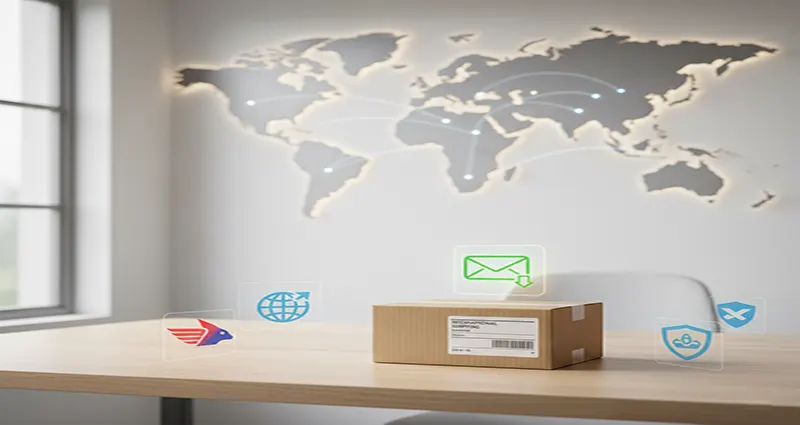For small e-commerce shops and individuals, international shipping expenses can quickly erode profit margins, especially when dealing with light goods like jewelry, stickers, or small accessories. The key to maintaining profitability is understanding and leveraging the most basic tiers offered by postal services worldwide. Our focus here is to define the Cheapest Shipping Method for Small Packages Under 1 lb International and understand the inevitable trade-offs involved.
The Cheapest Contender: Postal Service Economy
The undisputed leader for bare-bones international affordability is the standard national postal service’s economy option. For U.S. sellers, this is typically USPS First-Class Package International Service (FCPIS). While FCPIS actually allows packages up to 4 lbs, it is by far the most economical choice when shipping items under 16 ounces.
The price point for FCPIS is highly competitive, often starting in the range of $15 to $20+ depending on the destination zone, making it dramatically cheaper than any express carrier. However, you must accept a crucial trade-off: speed and tracking are limited. This service is the slowest option, potentially taking weeks. Furthermore, tracking often only provides updates until the package leaves the country of origin, leaving the final delivery status reliant on the receiving country’s post. For sellers prioritizing maximum savings, this is the essential starting point.
The Middle Ground: Third-Party & Aggregators
For those needing a slight upgrade in reliability and tracking without jumping to premium carrier rates, the solution lies in utilizing shipping software and third-party aggregators (like ShipStation, Easyship, or Pirate Ship). These platforms grant small sellers access to commercial rates that are significantly lower than the retail rates offered directly at the post office counter.
These aggregators often provide access to hybrid services, such as GlobalPost or FedEx International Connect Plus. These models utilize commercial freight lines for international transport and customs clearance, but hand off the final mile to the destination country’s local postal carrier. This hybrid method is often slightly faster than FCPIS and provides more consistent tracking visibility for only a small increase in cost, often challenging the retail price of the basic postal service itself.
Factors that Influence Your Final Price
While the service you choose is critical, the final price is heavily influenced by packaging and destination. Costs fluctuate wildly depending on the destination country or zone; shipping to Canada, for example, is typically cheaper than shipping to Asia or Australia. Additionally, even if your package is under 1 lb, you must minimize dimensional weight. Keeping your package as small and flat as possible avoids volume-based surcharges. Finally, remember that all international packages require accurate customs documentation (CN22 or CN23 forms) to avoid delays or return postage.
In summary, the lowest price will always come with a compromise on speed and end-to-end tracking. To ensure you lock in the cheapest shipping method for small packages under 1 lb international for a specific order, always use an aggregator tool to compare all available commercial and postal service rates for that exact destination and weight.











